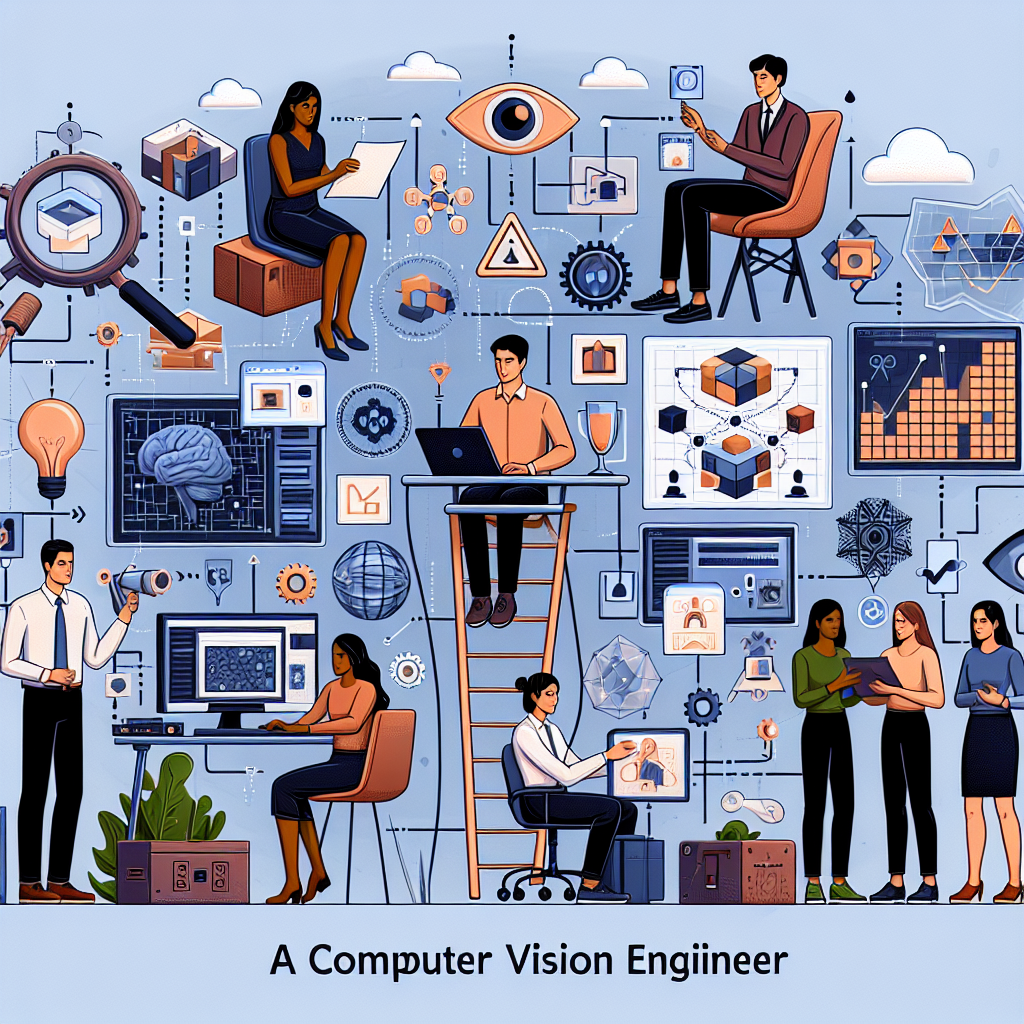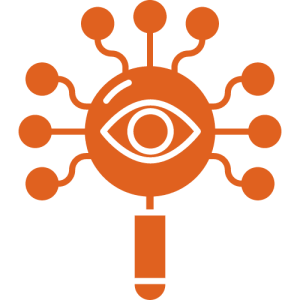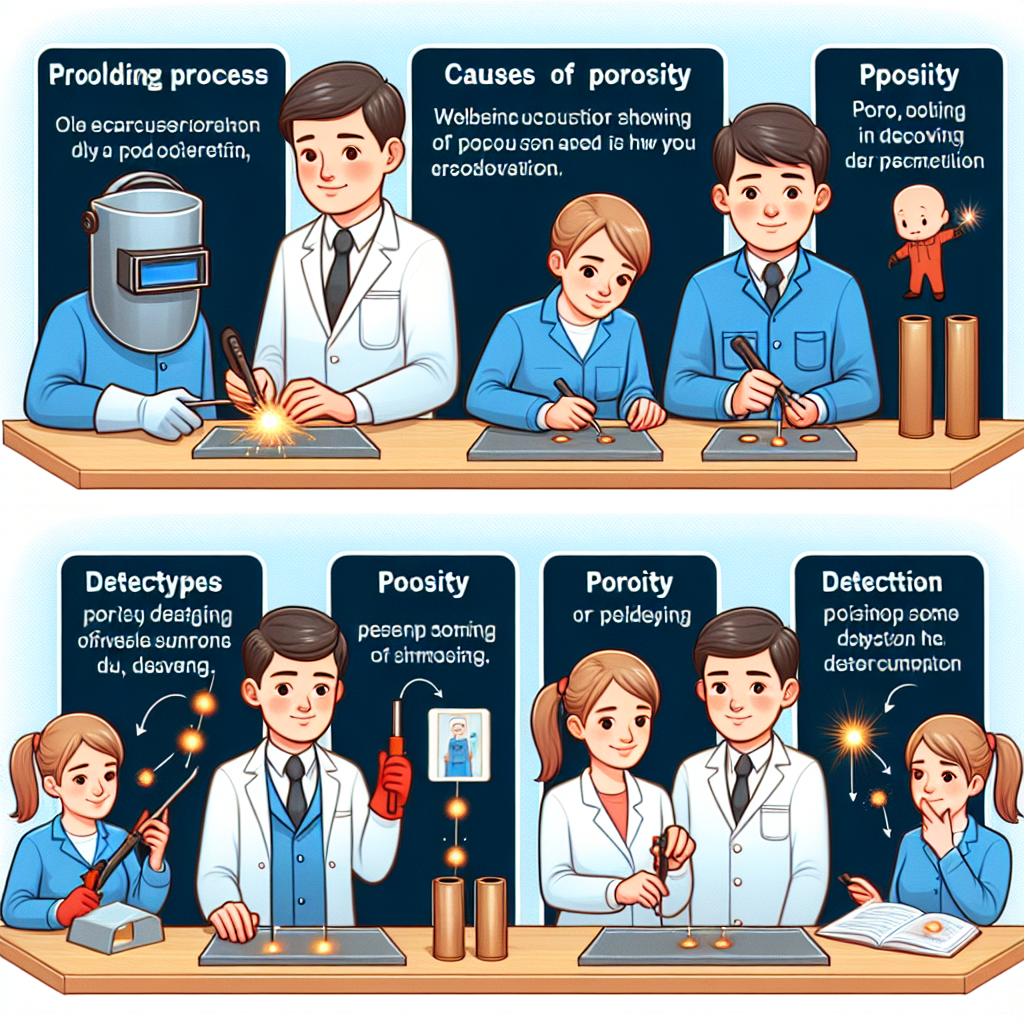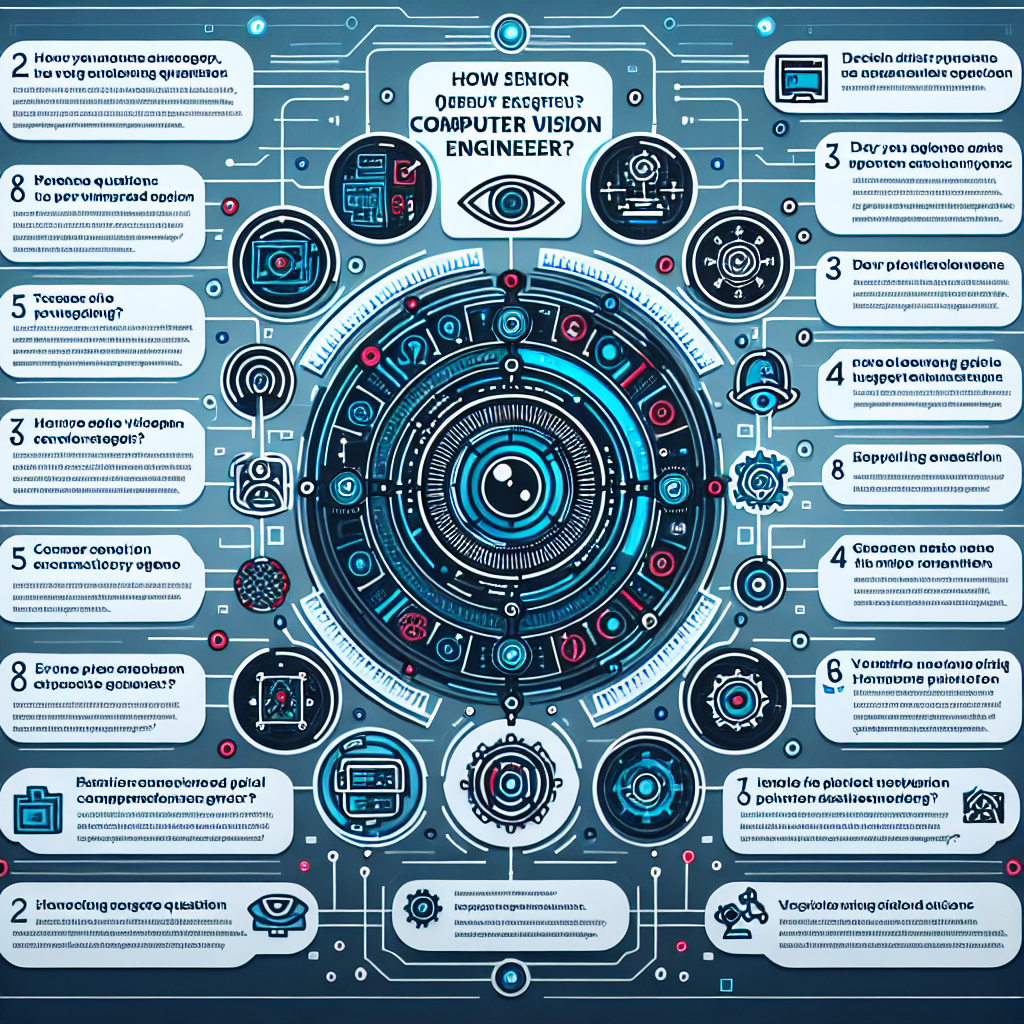The Role of a Computer Vision Engineer: Responsibilities and Pathways to Success
The Role of a Computer Vision Engineer: Responsibilities and Pathways to Success
Introduction
Computer vision is a rapidly growing field that combines artificial intelligence and image processing to enable machines to understand and interpret visual data. Within this field, computer vision engineers play a crucial role in developing and implementing algorithms and systems that can analyze and make sense of images and videos. This article explores the responsibilities of a computer vision engineer and the pathways to success in this exciting career.
Responsibilities of a Computer Vision Engineer
- Developing computer vision algorithms: Computer vision engineers are responsible for designing and implementing algorithms that can extract meaningful information from visual data.
- Data collection and preprocessing: They gather and preprocess large datasets to train and test computer vision models.
- Model training and evaluation: Computer vision engineers train machine learning models using the collected data and evaluate their performance to ensure accuracy and efficiency.
- System integration: They integrate computer vision algorithms into larger systems or applications, enabling real-world applications such as autonomous vehicles or facial recognition systems.
- Continuous learning and improvement: Computer vision engineers stay updated with the latest research and advancements in the field to enhance their skills and improve the performance of their models.
Pathways to Success as a Computer Vision Engineer
There are several pathways to success in the field of computer vision engineering:
Educational Background
- A strong foundation in mathematics, computer science, and machine learning is essential.
- A degree in computer science, electrical engineering, or a related field is highly recommended.
- Specialized courses or certifications in computer vision can provide a competitive edge.
Technical Skills
- Proficiency in programming languages such as Python, C++, or MATLAB.
- Experience with deep learning frameworks like TensorFlow or PyTorch.
- Familiarity with image processing techniques and computer vision libraries.
Practical Experience
- Participating in internships or research projects related to computer vision.
- Building personal projects or contributing to open-source computer vision projects.
- Attending conferences and workshops to network with professionals in the field.
Conclusion
Computer vision engineers play a vital role in developing and implementing algorithms that enable machines to understand and interpret visual data. Their responsibilities include algorithm development, data preprocessing, model training, system integration, and continuous learning. To succeed in this field, individuals should have a strong educational background, technical skills in programming and machine learning, and practical experience through internships or personal projects. With the rapid advancements in computer vision technology, this career offers exciting opportunities for those passionate about the intersection of artificial intelligence and visual data analysis.







